In modern bathroom design, including an LED vanity mirror has become routine. It will illuminate extremely well, enhance your grooming on a daily basis, and add that sleek touch to modernize your area. Whenever you decide to get any of these mirrors, be prepared for their aesthetic advantages, power usage, and lifetime.
In this article, we will break down everything you need to know about LED mirrors' power efficiency and durability to make an informed decision for your home.
Why Choose a Vanity Mirror with LED Lights?
Before discussing power consumption and lifespan specifics, let's explore why vanity mirror with LED lights are so popular.
Energy-Efficient Lighting
LEDs are energy-efficient. They require very little power compared to conventional incandescent bulbs, making them an ecologically friendly choice. Vanity mirrors with LED lights are commonly used for extended periods of the day, whether putting on makeup, shaving, or just getting ready to go to work; therefore, LEDs will save you money on electricity bills in the long run.
Long-Lasting Durability
LED lights are also very durable. While traditional light bulbs tend to burn out quickly, LEDs will last much longer and thus need to be replaced less often, reducing the likelihood of malfunction. This makes them cost-effective and low-maintenance for your bathroom or dressing area.
Better Lighting Quality
LEDs produce bright, even lighting perfect for tasks such as putting on makeup, shaving, or brushing your teeth. The clear, natural light helps eliminate shadows and provides a more accurate reflection for ease and precision in grooming routines.
Power Consumption of Vanity Mirrors with LED Lights
Now that we've established the benefits, let's examine the power consumption of vanity mirrors with LED lights.
How LED Power Consumption Works
LED power consumption is measured in watts (W), which refers to the light's electricity. Generally speaking, LED lights are much more energy-efficient than incandescent or fluorescent lights. To give you an idea:
- Incandescent bulbsuse around 60-100 watts.
- LED bulbsin vanity mirrors typically consume around 8-12 watts for similar brightness levels.
For example, a typical vanity mirror with LED lights might consume around 10 watts. LEDs provide bright and even illumination while using significantly less energy than older lighting technologies. This is a massive advantage if you want to reduce energy bills without sacrificing performance.
Comparing LED Power Consumption to Other Types of Lighting
Let's compare how LED mirrors stack up against other common types of lighting used in vanity mirrors:
Incandescent Lighting: Traditional incandescent bulbs are much less energy-efficient. They can use up to 60 watts or more to provide the same level of brightness that an LED bulb would use at just 10 watts. This makes LEDs up to 80-90% more energy-efficient than incandescent lights.
Fluorescent Lighting: Another common alternative for lighting is fluorescent. Even though these are more energy-efficient than incandescent bulbs, they use more energy than LEDs. A typical fluorescent bulb would use approximately 15-20 watts to produce a brightness output similar to that.
Halogen Lighting: Halogen bulbs are a more modern version of incandescent lights, but they still consume significant energy—often around 40-70 watts for the same brightness as an LED.
Overall, if you want to minimize energy consumption, vanity mirrors with LED lights are the best option. The low power consumption allows you to keep the lights on for extended periods without worrying about high electricity costs.
How Much Power Does a Vanity Mirror with LED Lights Use?
The power consumption of an LED vanity mirror depends on different factors, such as size, brightness (given by lumens), and which type of LED is in use. However, most regular standard LED mirrors in the United States use between 8 and 15 watts of electricity.
Suppose you use your vanity mirror with LED lights for 30 minutes to an hour daily. In that case, your monthly power consumption will be relatively low—usually just a few kilowatt-hours (kWh). For example:
- A 10-watt LED light used for 1 hour per day = 10 watts x 30 days = 300 watt-hours, or 0.3 kWh per month.
- A 15-watt LED light used for 1 hour per day = 15 watts x 30 days = 450 watt-hours, or 0.45 kWh per month.
At an average electricity rate of $0.13 per kWh in the U.S., you'd pay just a few cents a month to run your vanity mirror with LED lights. This makes it an affordable and efficient option for daily use.
The Lifespan of Vanity Mirrors with LED Lights

Another significant advantage of LED-lighted vanity mirrors is their remarkable longevity. While traditional bulbs require a replacement every year or two, LED lights can last for years if treated well. Now, let's discuss the life of LED lights in detail.
How Long Do LED Lights Last?
One of the distinguishing features of LED lights is their endurance. Given the quality and usage frequency of the bulb, the average life range of an LED bulb runs from 25,000 to 50,000 hours. This contrasts with the life span of incandescent bulbs, which last only about 1,000 hours, and fluorescent bulbs, which can last for approximately 8,000 hours.
If you use your vanity mirror with LED lights for one hour a day, it could last 25 to 50 years! This means you won't have to worry about frequent replacements, saving time and money.
Factors That Affect LED Lifespan
While LED lights are known for their longevity, there are a few factors that can influence their lifespan:
- Quality of the LED: Higher-quality LEDs tend to last longer. When purchasing a vanity mirror with LED lights, look for reputable brands that offer quality LEDs.
- Heat: Excessive heat can reduce the lifespan of LED lights. Ensure your vanity mirror with LED lightsis installed in an area without exposure to high temperatures or direct sunlight for long periods.
- Power Surges: Power surges can also damage LED lights. Using a surge protector in your home can help protect your mirrors from potential damage.
When Should You Replace Your LED Mirror?
LED lights dim over time and do not burn out like regular bulbs; however, if your vanity mirror with LED lights does start to flicker and/or dim noticeably, the LEDs or the whole mirror may need to be replaced by then. This generally takes many years.
Final Thoughts: Are Vanity Mirrors with LED Lights Worth It?
In summary, LED-lighted vanity mirrors offer the perfect mix of energy efficiency, long lifetime, and quality lighting. They use little power with bright, accurate illumination, which is ideal for any daily grooming routine. Offering a life of 25,000 to 50,000 hours, this is much longer compared with other traditional options that tend to reduce the frequency of hassles involved in changing them out or the cost.
If you're considering upgrading your bathroom or dressing area with a vanity mirror, investing in one with LED lights would be one of the wisest decisions you will ever make. Besides saving money through an electricity bill, high-quality lighting for years together will improve your daily routine.

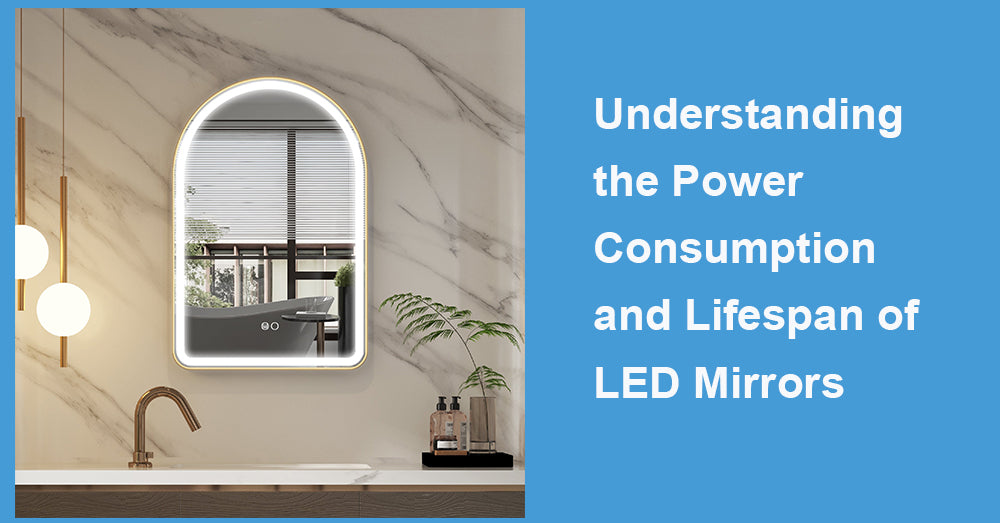
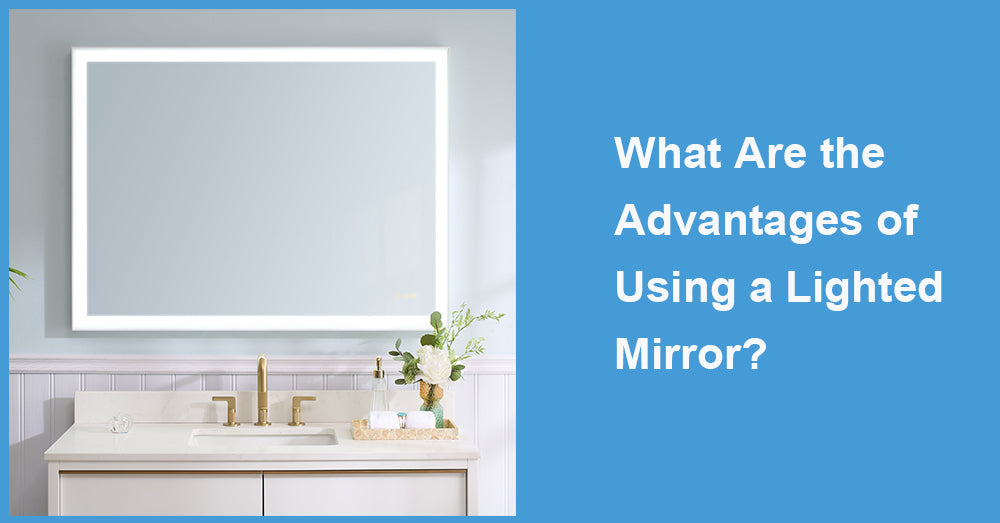
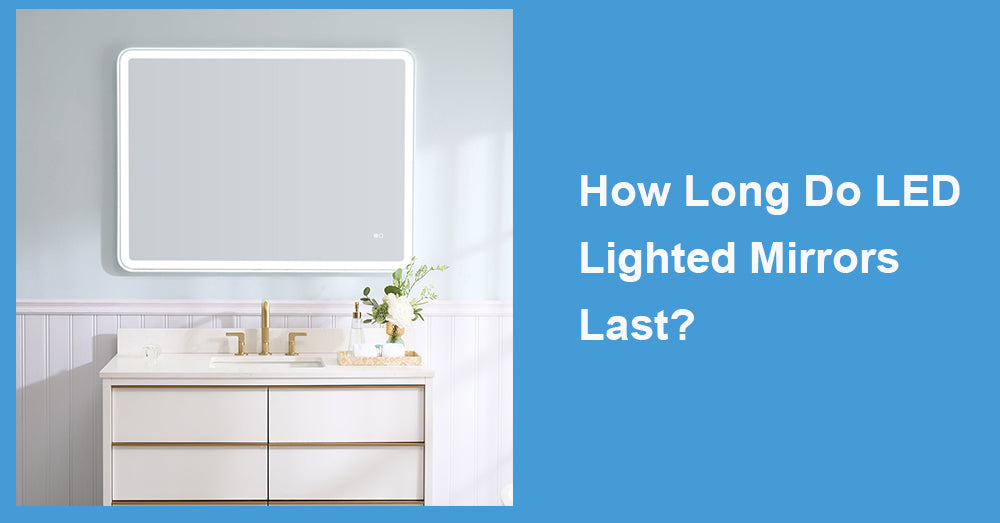


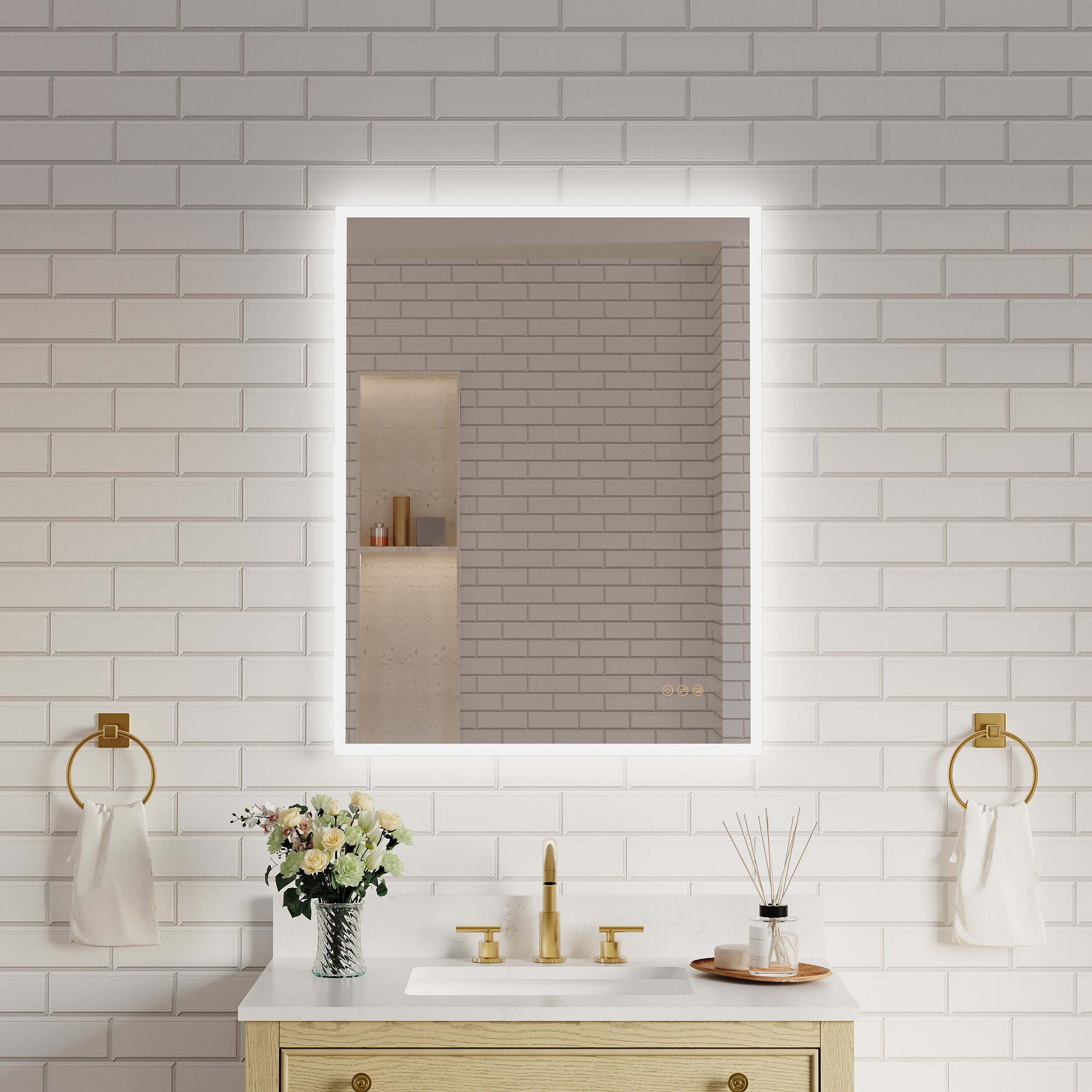



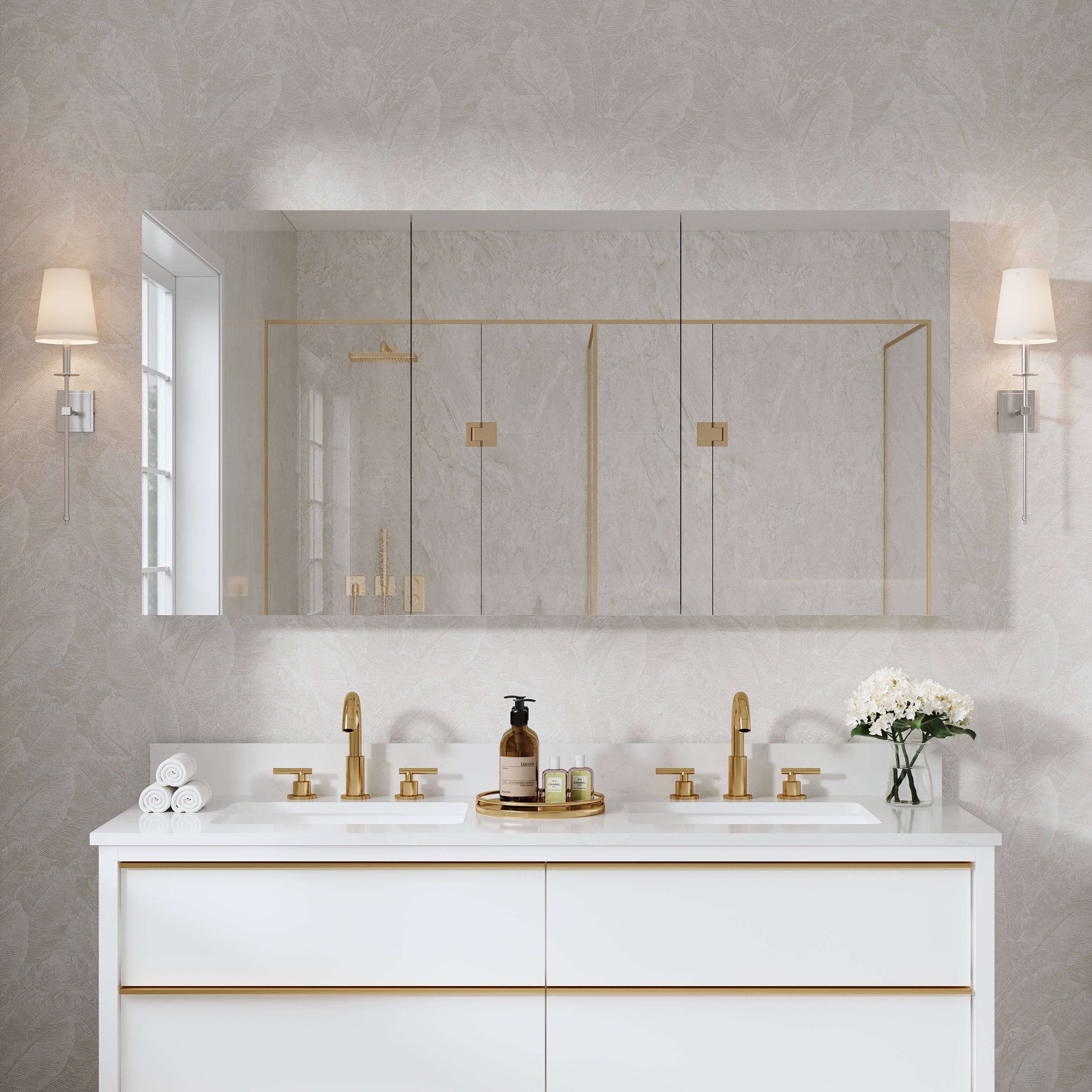

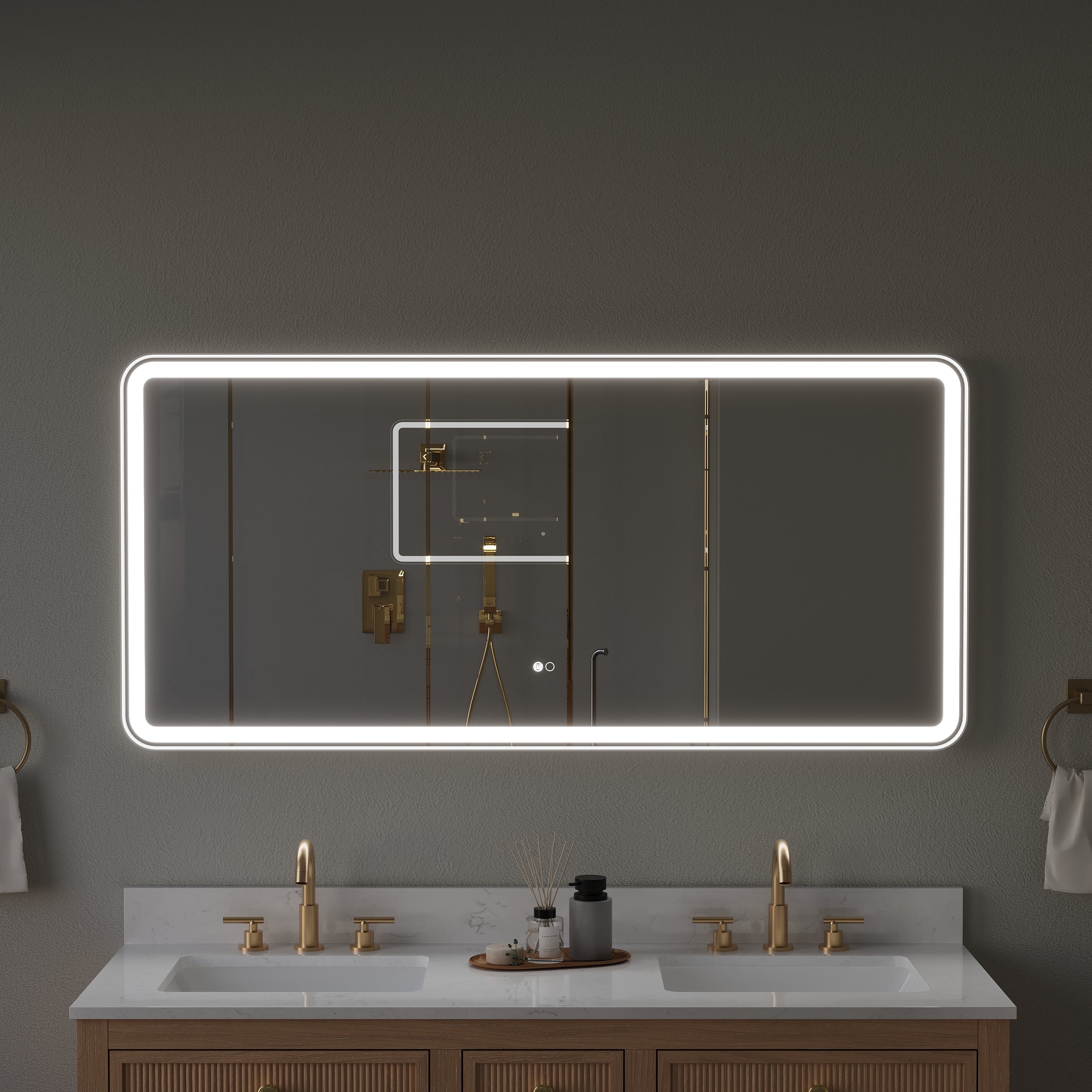
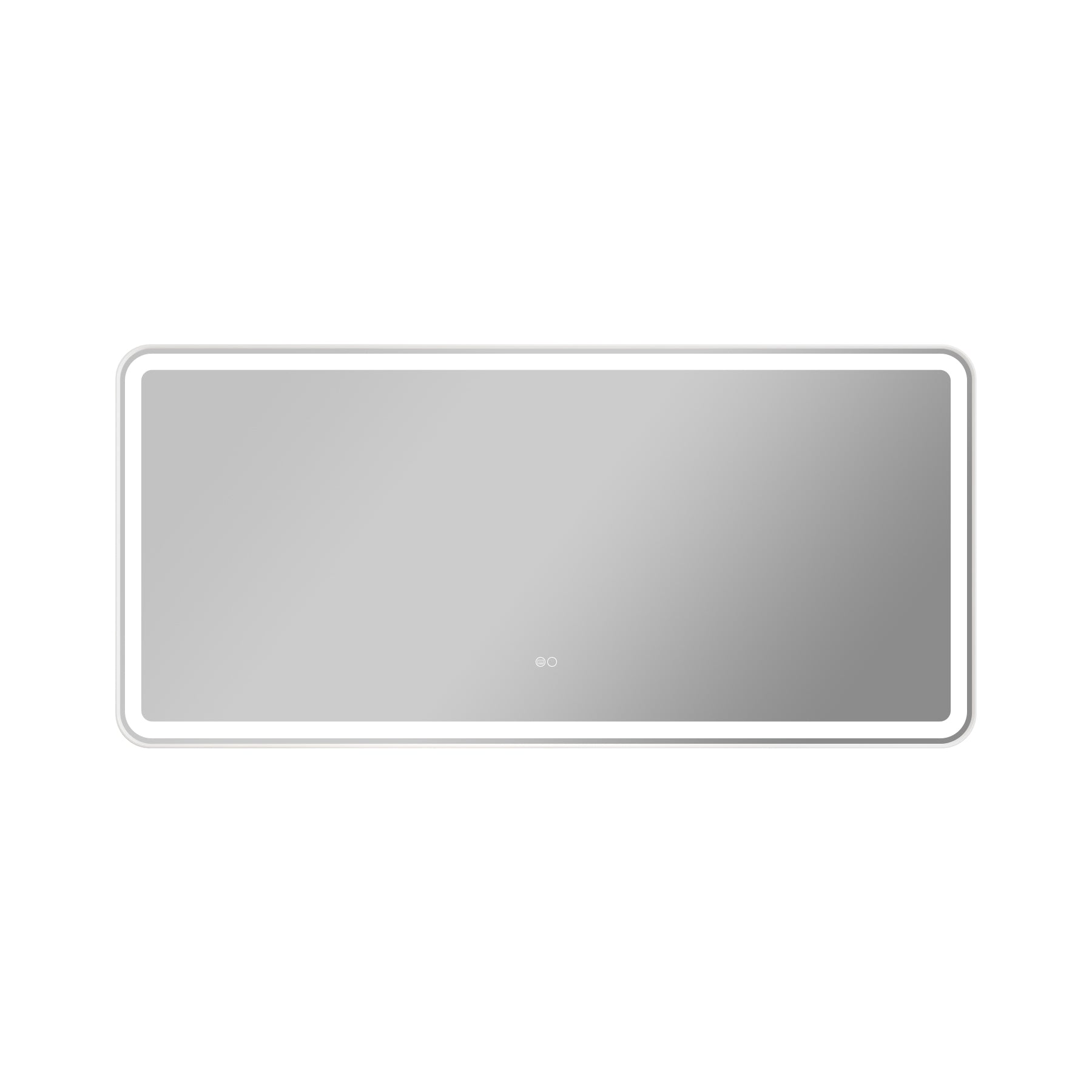

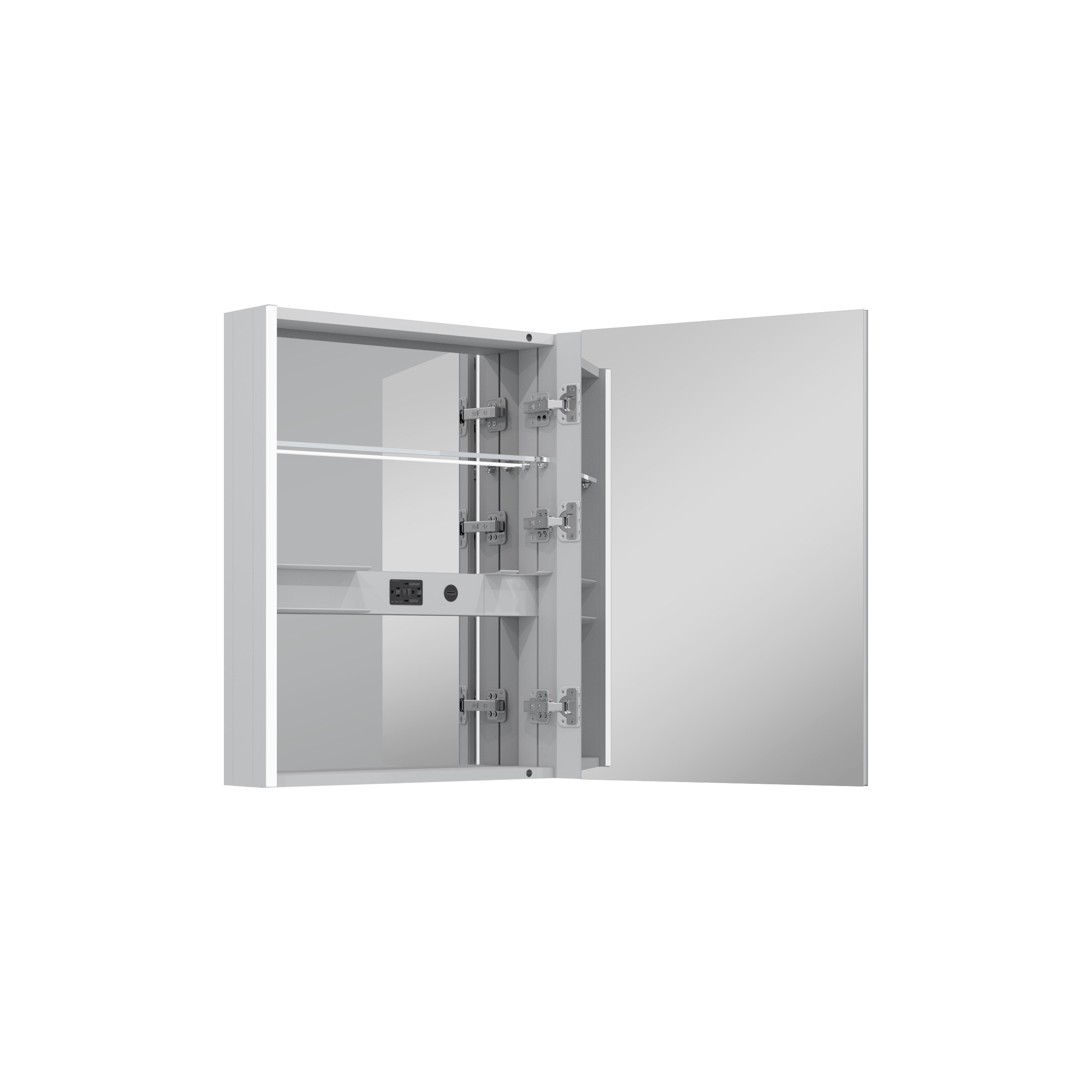
Leave a comment
This site is protected by hCaptcha and the hCaptcha Privacy Policy and Terms of Service apply.